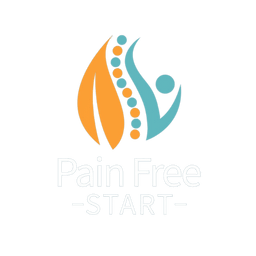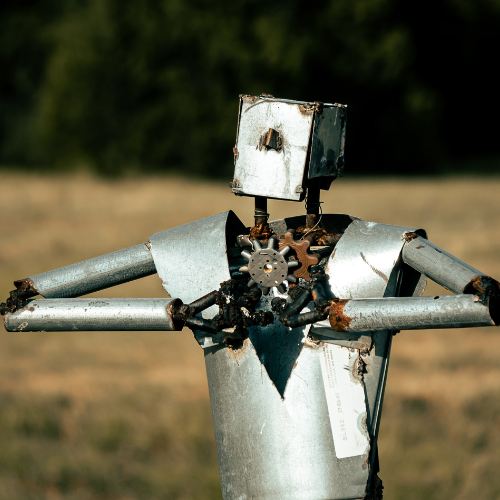As we age, our bodies undergo many changes, and joint pain is a common complaint. But how do you know if your pain is simply due to aging or if it’s something more serious, like osteoarthritis (OA)? The good news is that you don’t have to just put up with it—there’s plenty you can do to improve your mobility and reduce pain. Let’s explore the key differences and what you can do to take control.
Don’t Just Accept Aches & Pains
Too often, I see people in my clinic who have suffered for years, assuming nothing could be done—only to be delighted (and slightly annoyed!) at how easily they could improve once they sought help. My goal with this blog is to stop you from falling into the same trap. Let’s break down OA and how you can take action.
What is Osteoarthritis (OA)?
OA is a degenerative joint condition where the protective cartilage in your joints wears down over time. This leads to pain, stiffness, and reduced mobility, particularly in weight-bearing joints like the hips, knees, and spine.
You might be wondering, “Isn’t that just a normal part of aging?” While joints naturally experience wear and tear, OA is different—it involves more significant damage and symptoms that interfere with daily life.
Is It Old Age or OA? Key Signs to Watch For
Here are a few ways to tell if your joint pain is due to OA rather than just aging:
Location: OA most commonly affects weight-bearing joints like the hips, knees, and spine.
Timing: OA pain typically worsens after activity and improves with rest.
Severity: Mild stiffness is normal with age, but if pain limits your ability to perform daily tasks, OA is likely the cause.
What Can You Do About OA & Joint Pain?
The good news is that you can take control of your joint health. Whether you have arthritis or not, your joints function far better when they are well-supported and aligned by strong muscles.
A structured exercise and mobility program can significantly reduce pain, stiffness, and improve day-to-day function.
The Pain Free BODY Program
My Pain Free BODY Program is like an MOT for your body—systematically assessing and addressing joint stiffness, weakness, and poor posture. We start with your feet and work up to your head, identifying problem areas and providing targeted exercises to improve strength, flexibility, balance, and biomechanics.
- Suitable for joints of any age, arthritic or not
- Step-by-step guidance
- Designed for real people with real pain
Find out more about the Pain Free BODY Program here!
Start with My FREE Posture Course
If you’re not sure where to start, my FREE Posture Course is a great introduction. In just 35 minutes, you’ll learn quick and effective ways to improve your body’s function and reduce joint strain.
Click here to enrol for FREE and learn more.

Struggling with Arthritic Knees?
If knee pain is your biggest issue, I also have a dedicated Arthritic Knee Program designed to help you strengthen and support your knees. Or, join me for my FREE Masterclass, where I share the key exercises and advice you need for healthier knees.
Click here to enrol for FREE and learn more. Start improving your knee health today!
More Resources for Managing OA & Joint Health
If you’re looking for more information, check out these helpful blogs:
Could I Avoid a Knee Replacement With Physio?
Unlocking Relief: Managing Osteoarthritis (OA) of the Knee
Comparing Top Footwear for Arthritic Knees: A Comprehensive Guide
Understanding Arthritic Knees Through X-rays and Images: What Do They Show?
Medical Treatments for Knee Arthritis: An Overview
Take Action – You Don’t Have to Live with Pain!
Whether your joint pain is due to OA or aging, there’s a lot you can do to improve your mobility and quality of life.
Don’t just accept pain—take action today. With FREE Masterclasses and many other ways in which I can help you. Find out more here. Or check out my blog resources for expert guidance on staying active and pain-free at any age.
Take care, Helen
Helen Manders BSc (Hons) MCSP HCPC
Chartered Physiotherapist Since 2001
P.S. Struggling with Pain Or Injury? Find out how I can help you here.



